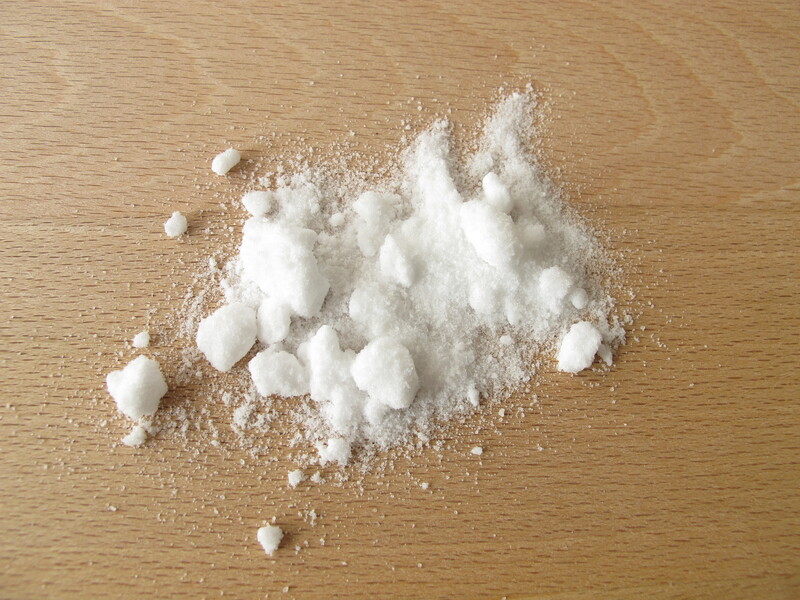How to Clean and Revitalize Velvet Curtains Without Harsh Chemicals
Velvet curtains bring luxury and elegance to any room. Their rich texture, sumptuous sheen, and deep color can transform a simple space into a chic oasis. However, maintaining the beauty of these textiles can be challenging, especially if you want to clean and revitalize velvet curtains without using harsh chemicals. Delicate by nature, velvet demands extra care to preserve its appearance over the years. In this comprehensive guide, you'll discover safe, effective, and eco-friendly methods to keep your velvet drapes looking their best.
Understanding Velvet: Why Special Care Is Needed
Before diving into cleaning techniques, it's vital to understand what makes velvet unique. Velvet is woven with two layers of fabric, producing a soft, upright pile that catches light in mesmerizing ways. This structure, while beautiful, is fragile: heavy-handed cleaning, excess moisture, and harsh chemicals can crush the pile, dull the color, or even leave stains. That's why it's crucial to choose gentle, natural cleaning methods when caring for velvet curtains.
The Risks of Harsh Chemical Cleaners
- Color Fading: Bleaches and strong detergents often strip velvet of its rich hues.
- Damage to the Pile: Aggressive cleaners can mat or flatten velvet's distinctive texture.
- Residue Buildup: Chemicals may leave invisible films, attracting more dust over time.
- Health Concerns: Chemical fumes can be harmful to your family and pets, especially in small, enclosed rooms.

Regular Velvet Curtain Care: The Foundation of Cleanliness
Often, the key to vibrant, fresh velvet is consistent maintenance. By factoring in a few routines, you'll minimize the need for deep cleaning and prevent dirt or dust from embedding deep into the fibers.
Weekly Dusting and Vacuuming
- Use a Handheld Vacuum: Fit your vacuum with a soft-brush upholstery attachment.
- Brush in the Direction of the Nap: Velvet nap refers to the direction the fibers naturally lie. Move the vacuum gently to avoid crushing the pile.
- Tip: If you don't have a suitable vacuum, a lint roller or a soft clothes brush works wonders for removing surface dust and pet hair.
Avoid Direct Sunlight
Sunlight can quickly fade velvet curtains. Make sure your window coverings protect your drapes from intense sunlight, or rotate them occasionally for even exposure.
Spot Cleaning Velvet Curtains Without Harsh Chemicals
Inevitably, accidents happen. The good news is that most velvet stains--if caught early--can be treated successfully with natural solutions. Here's a step-by-step guide:
Immediate Action is Key
- Blot, Don't Rub: Use a clean, absorbent microfiber cloth to gently blot spills immediately. Rubbing will embed the liquid deeper and may damage the fibers.
DIY Natural Velvet Curtain Cleaner Recipe
- 1 cup of distilled water (to prevent mineral stains)
- 1 tablespoon of mild liquid castile soap or gentle, fragrance-free dish soap
- Optional: A few drops of white vinegar to help neutralize lingering odors
To use:
- Mix your solution in a spray bottle and shake gently.
- Lightly spray onto a clean, white cloth--never spray directly onto the velvet curtain fabric.
- Gently dab the stained area, working from the outside in. Do not soak.
- Use a second clean cloth dampened with distilled water to dab away soap residue.
- Allow the fabric to air-dry fully.
Note: Always test your cleaning solution on an inconspicuous area of the velvet curtain before using it on a visible spot.
Deep Cleaning Velvet Curtains at Home: Safe and Green Methods
After months of use, your velvet curtains may need more than spot cleaning. Instead of turning to chemical-laden solutions, try these eco-friendly and gentle approaches:
1. Steam Cleaning Velvet Curtains
- Light Steam Only: For both synthetic and natural velvet, use a handheld steamer or the garment-steam setting on a standard steam iron (always held at a distance, at least a few inches away).
- Move the steam wand slowly with the nap of the fabric, not against it.
- Steam helps relax wrinkles, lift dirt, and restore the plush texture of the velvet pile.
- Allow to dry: Always let the curtains air-dry completely before rehanging or closing them fully.
Pro Tip: Never soak velvet and avoid steam if your curtains are made from non-washable, antique, or silk velvets. When in doubt, consult the care label.
2. Refresh with Baking Soda
- Remove Odors: Gently sprinkle baking soda onto the curtain surface, let it sit for 15-20 minutes, and then carefully vacuum it up with your upholstery attachment.
- This lifts odors and light soil without introducing moisture or chemicals.
3. Natural Air Cleaning
Occasionally, take down your velvet drapes and hang them outdoors on a dry, breezy day--but always in the shade to avoid sun fading. Fresh air can remove lingering scents and give the fabric new life.
Revitalizing Velvet: Bringing Back the Luster
Over time, even with gentle cleaning, velvet might look a little flat or crushed. Here are some expert-approved ways to revive the iconic soft pile and vibrant color of your velvet curtains:
Brushing the Velvet Pile
- Use a Soft Bristle Brush: Specially designed velvet or clothes brushes can help lift the pile after cleaning or steaming.
- Brush lightly in the direction of the nap until you see the texture come back to life.
- Avoid over-brushing as this can create bald spots or mat the fibers.
Managing Water Marks and Pressure Marks
If your velvet curtains show water spots or creases:
- Gently steam and brush, as described above, to blend marks into the rest of the fabric.
- For tough marks, sometimes lightly dampening a cloth and shading around the spot from the outside inward helps even out the nap.
When to Consider Professional Help
Some velvet drapes--such as antique, heavily soiled, or pure silk velvet--may need expert treatment. Look for a local dry cleaner experienced in handling delicate velvet. Ask for organic, solvent-free cleaning techniques to ensure your curtains are treated gently and without harsh chemicals.
Extra Tips: Velvet Curtain Care and Long-Term Preservation
- Rotate Curtains: Occasionally move panels or reverse their direction to avoid uneven fading from sunlight.
- Handle With Clean Hands: Oils and dirt from your skin can transfer easily onto velvet piles.
- Store Correctly: If you need to store your velvet curtains, roll them (not fold) to avoid creases and always keep them in a breathable cotton storage bag in a dry place.
- No Sticky Solutions: Avoid using furniture polish or fabric sprays, which can leave residues and attract dust.
- Dealing With Pet Hair: A damp rubber glove or a sticky lint roller can remove fur without damaging the fibers.

Eco-Friendly Cleaning Products for Velvet Curtains
If you prefer ready-made solutions, several brands offer natural, plant-based upholstery or fabric cleaners that are safe for velvet. Look for products that:
- Are labeled non-toxic and biodegradable
- Free of bleach, ammonia, petroleum, and artificial fragrance
- Tested on delicate fabrics
Always patch-test any store-bought cleaner before using it on a visible area of your velvet curtains.
Summary: Clean and Revitalize Velvet Curtains Naturally
Caring for velvet curtains doesn't need to involve a shelf of harsh chemicals or expensive professional services. By sticking to gentle, non-toxic cleaning routines and acting quickly on spills and dirt, you'll preserve the lush finish, rich color, and soft texture of your velvet drapes for years to come.
- Regular dusting and gentle vacuuming prevent buildup.
- Spot clean with natural, DIY solutions using distilled water and mild soap.
- Deep clean with steam--not excessive moisture or aggressive chemicals.
- Revitalize pile with soft brushing and proper airing out.
- Always check care labels--and when uncertain or dealing with priceless fabrics, don't hesitate to consult a specialist.
Enjoy the sophistication and beauty of your velvet curtains--the natural way! With these simple, eco-friendly tips, your curtains will maintain their plush charm for many years, all without exposing your home to dangerous chemicals.



